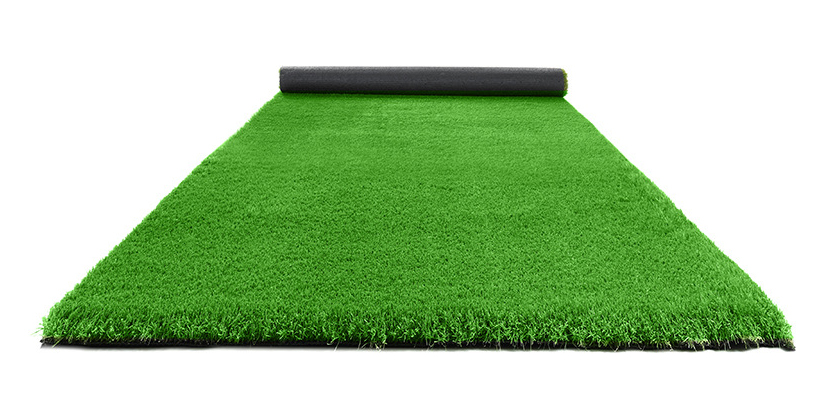Who makes Parabody fitness equipment

Overview: who makes Parabody fitness equipment?
Parabody fitness equipment is produced through a global network of manufacturing partners rather than a single in-house factory. This approach is common in the fitness industry, where brands design products in-house but outsource production to contract manufacturers (OEM/ODM partners) that specialize in metal fabrication, plastics molding, electronics, upholstery, and assembly. The result is equipment that reflects the brand’s design intent while leveraging the scale, expertise, and geographic diversity of partner facilities. Understanding who makes Parabody products matters for durability, warranty support, lead times, and post-purchase service. In practice, Parabody typically works with multiple factories across regions such as East Asia (China, Taiwan, and Malaysia) and, for certain lines, North America or Europe for final assembly, quality checks, or regional customization. This distributed model enables faster response to demand, regional supply security, and compliance with local safety and regulatory requirements. Global market data confirms the broader context: the worldwide gym equipment market has grown steadily, with estimates around the high tens of billions of dollars in recent years and a projected steady compound annual growth rate (CAGR) in the mid-single digits. For Parabody, the real value comes from balancing innovation with reliability, achieved by close collaboration with vetted manufacturing partners who apply standardized quality processes, traceable components, and rigorous testing before products reach consumers. To buyers and fitness operators, this means performance parity across markets, consistent safety standards, and support networks that align with warranty programs and service capabilities. Beyond manufacturing, Parabody emphasizes the end-to-end journey: design and engineering in-house, prototyping and validation, tooling and ramp-up at partner facilities, packaging and logistics, and post-sale service. Lead times vary by product type and customization level—typical standard units may ship in 6–12 weeks, while customized lines or commercial-grade rigs can extend to 12–20 weeks. These timelines reflect the complexity of strength machines, cardio rigs, cable systems, and cable-free setups, all of which rely on precision machining, welding, powder coating, and calibrated components. For buyers, the key questions are less about a single origin and more about how a brand manages supplier selection, quality assurance, and traceability. Parabody’s model relies on supplier audits, component sourcing policies, third-party testing, and a structured warranty framework. The following sections unpack who makes Parabody gear, how the supplier network operates, and practical steps to assess quality and reliability.
Brand origins and production footprint
Parabody positions itself as a design-led fitness brand that combines in-house R&D with external manufacturing excellence. The brand’s origin story emphasizes durability, user safety, and long-term value, which are reflected in the choice of partners and the rigor of validation protocols. Production footprint is intentionally diversified to mitigate risk: several partner facilities handle different product families (for example, strength machines, free weights, and functional training rigs), and some products receive regional assembly or final inspection closer to key markets. This structure supports localized compliance, faster service parts availability, and the ability to adapt to regional preferences without compromising overall quality.
From a practical standpoint, buyers should expect to see documentation such as a list of approved manufacturers, summary quality-control procedures, and regional service guidelines in the product literature. While the specific factory names may not be publicly disclosed due to commercial considerations, Parabody maintains supplier scorecards, regular audits, and batch tracing to ensure that every unit aligns with defined performance and safety standards. In today’s market, the strength of a brand’s manufacturing network often correlates with its capacity to deliver consistent performance across multiple SKUs and geographic zones.
Key takeaways for users and operators: look for transparency in the supply chain, a documented QC/QA process, clearly stated warranty terms, and accessible service support. These indicators signal that Parabody’s manufacturing framework is designed to balance global sourcing with local accountability, helping ensure longevity and reliable performance in gym environments and at-home setups alike.
- Quality is rooted in the supplier selection and qualification process.
- Lead times reflect product complexity and regional logistics.
- Warranty and service networks depend on the maturity of the manufacturing partners.

